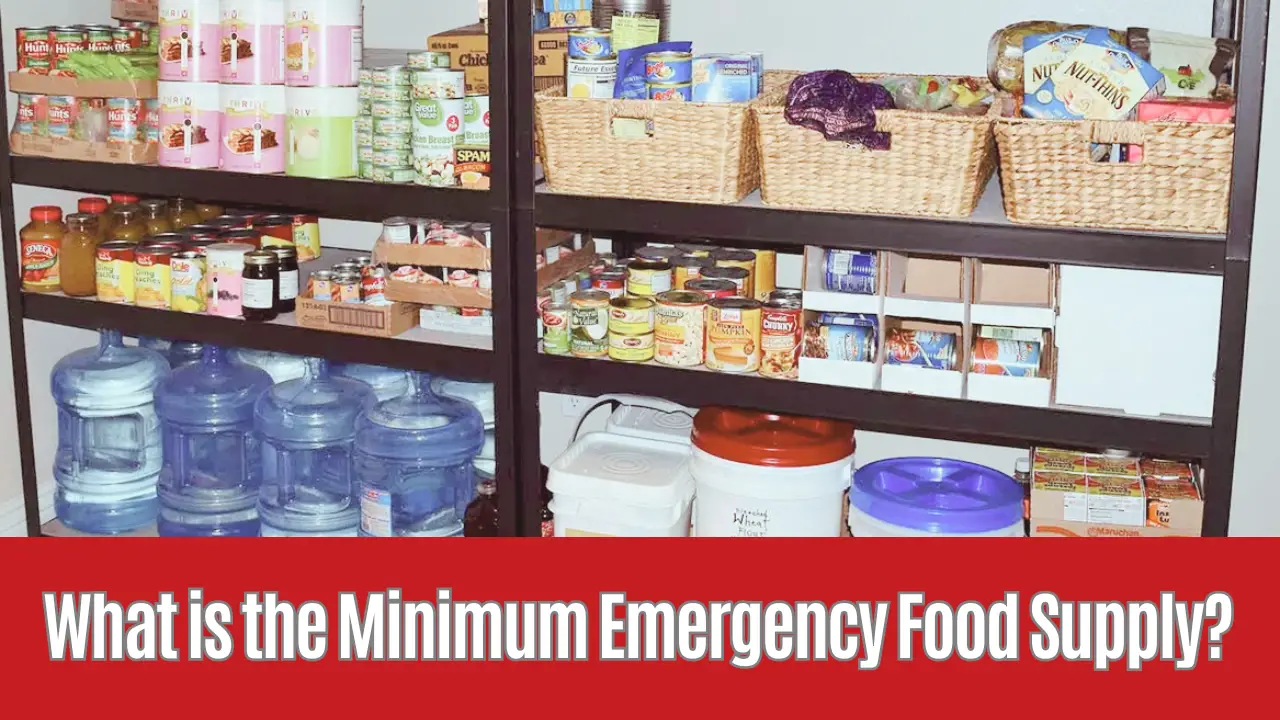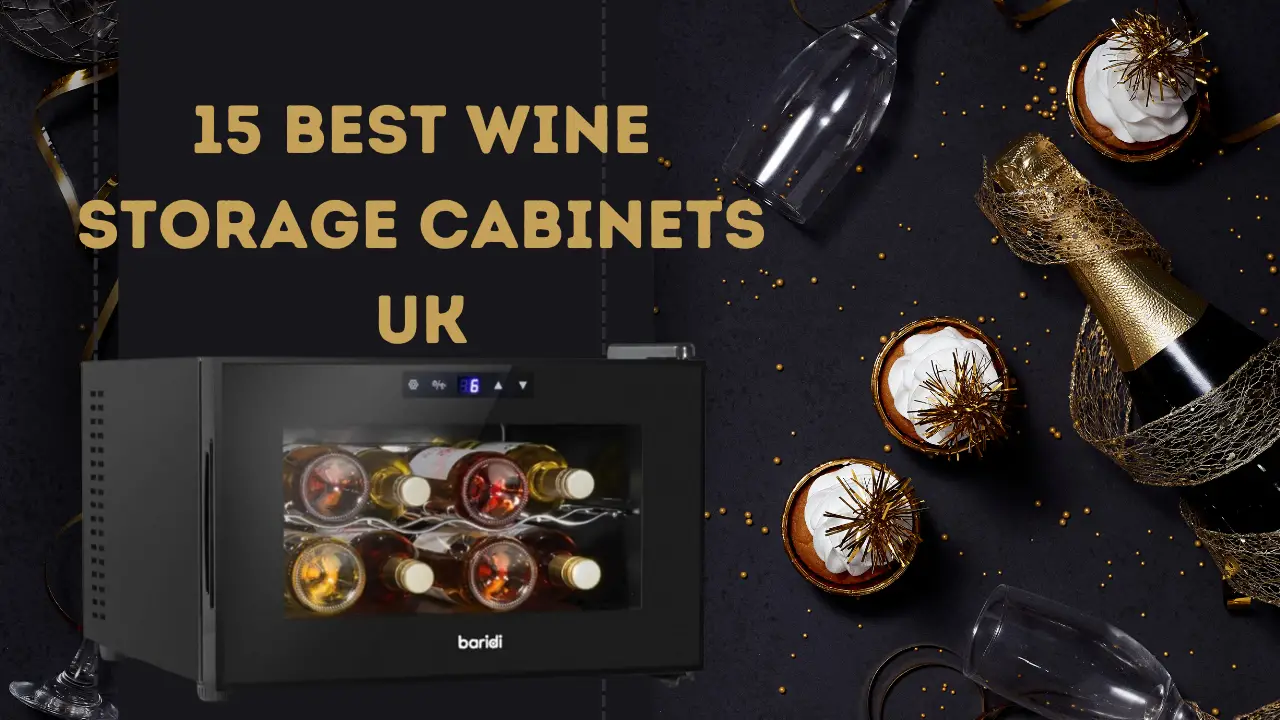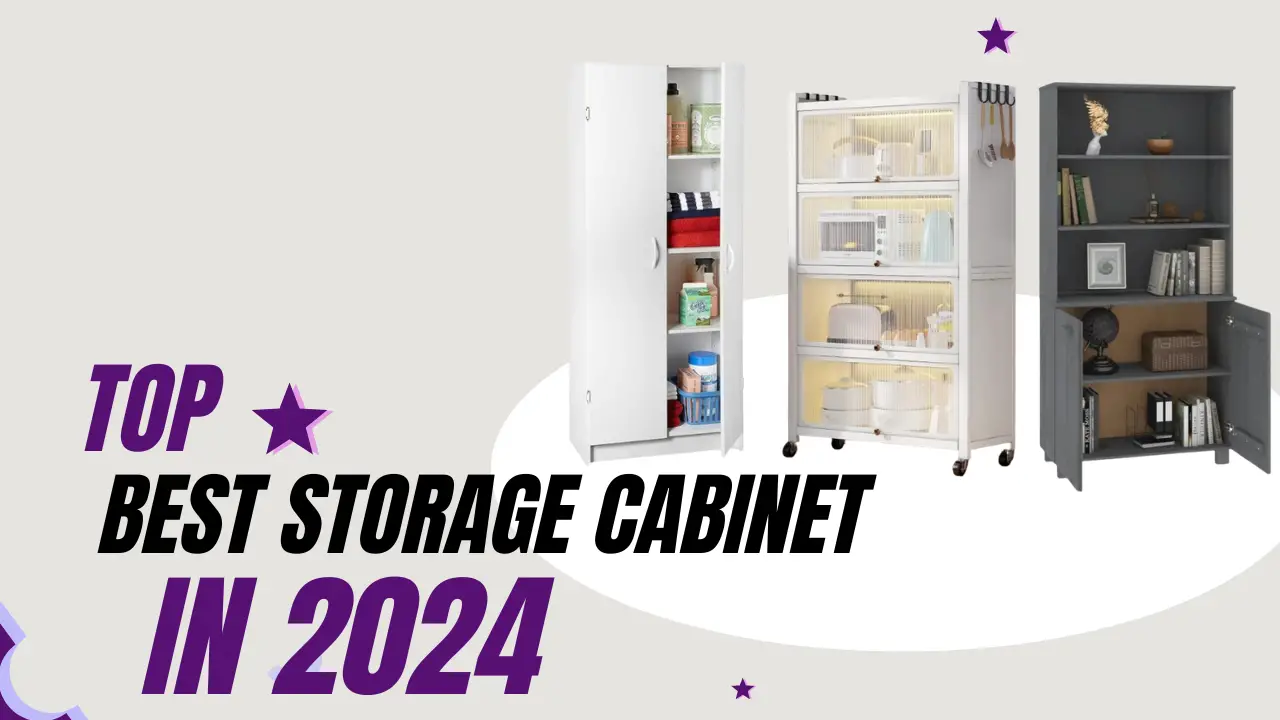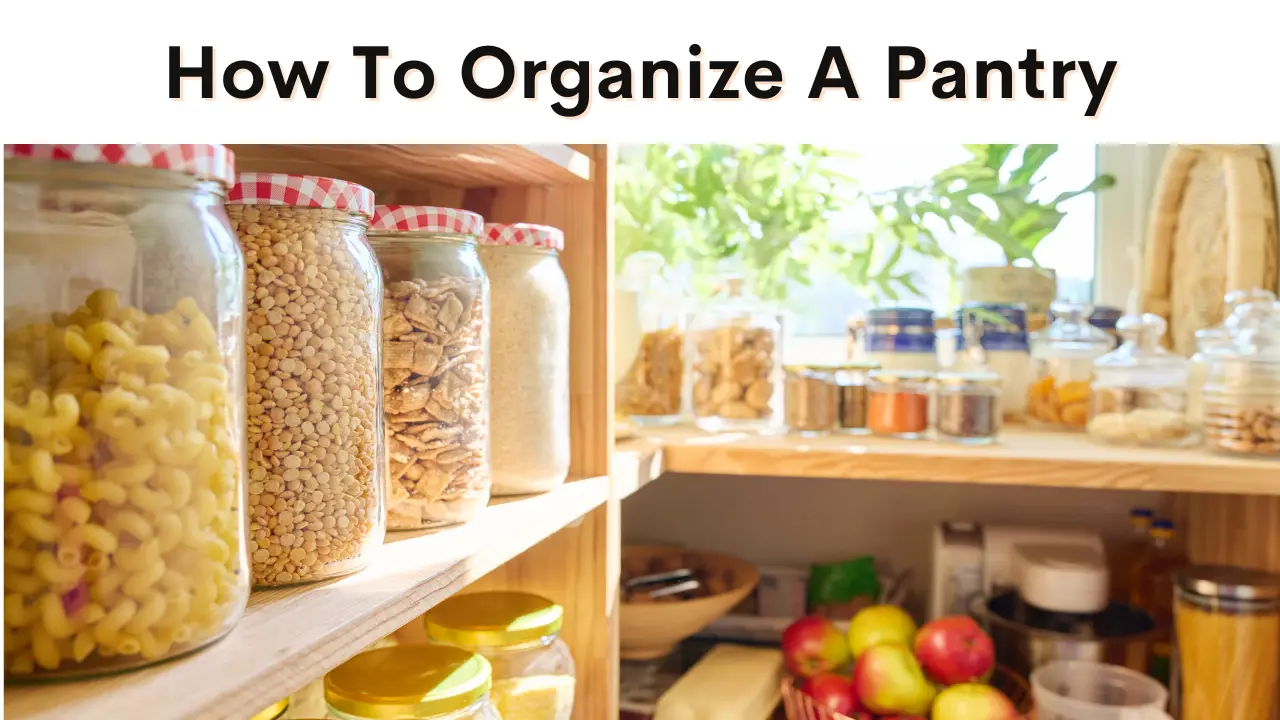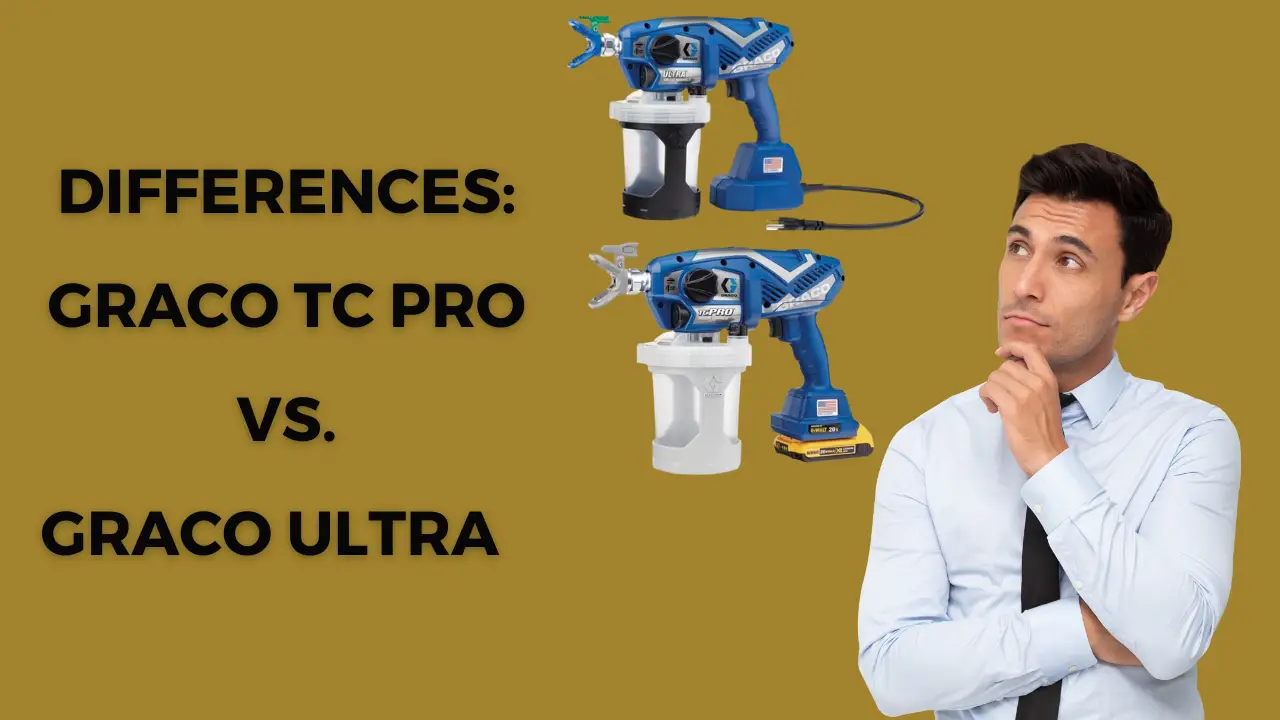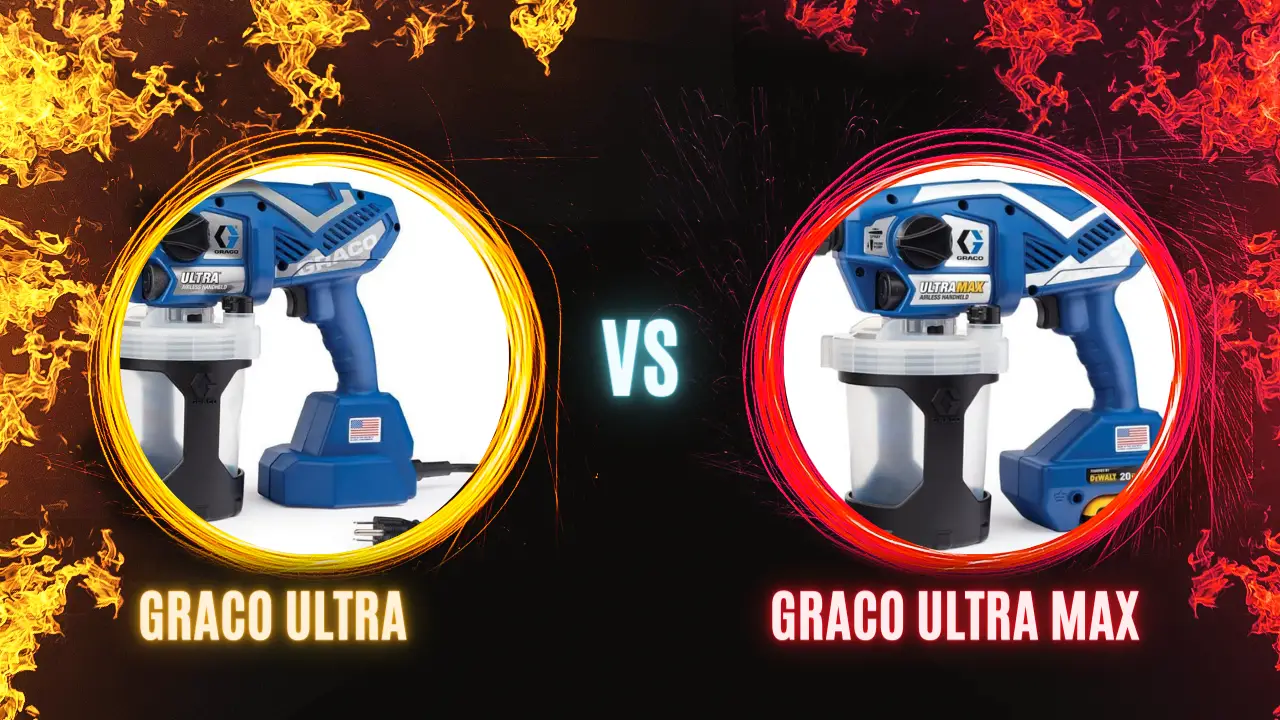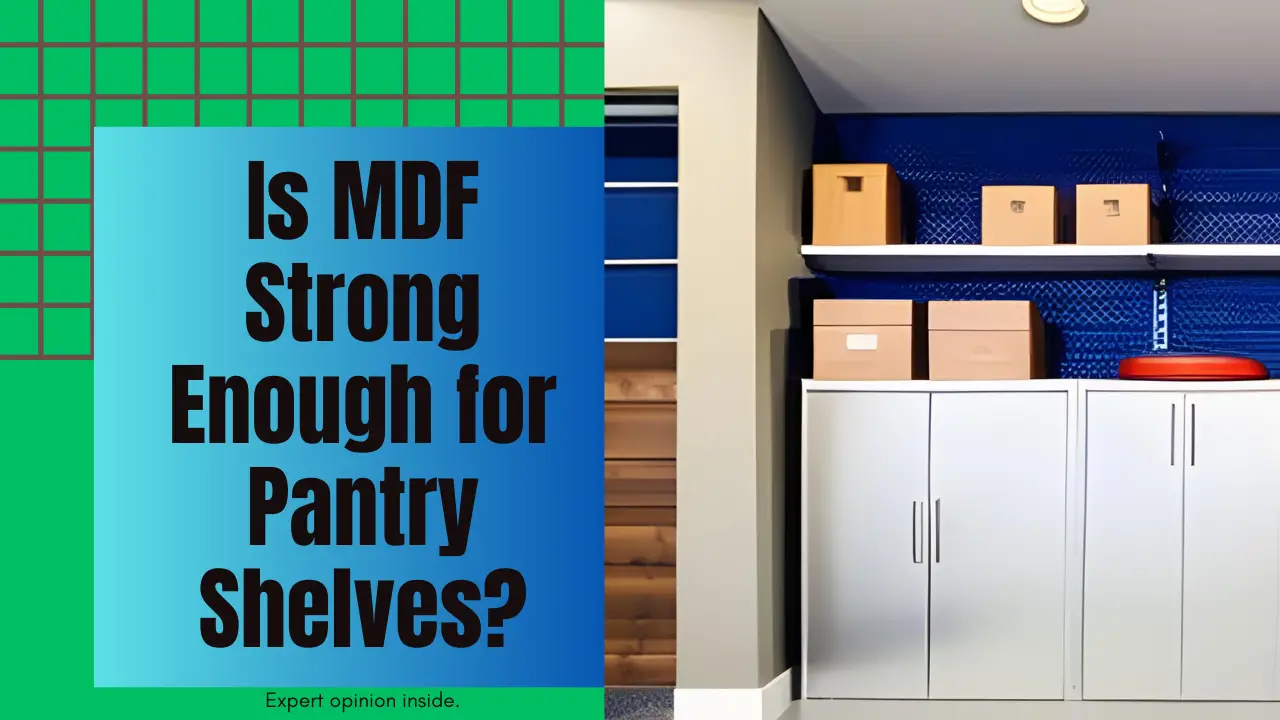Are emergency food kits worth it? Discover the answer to this crucial question as we delve deep into the world of emergency preparedness and food storage. This comprehensive guide will provide insights, benefits, and recommendations for the best emergency food kits available.
In an uncertain world, being prepared for emergencies is paramount. One of the essential aspects of preparedness is having access to food in times of crisis. But are emergency food kits worth it? In this comprehensive guide, we will answer this pressing question and explore the ins and outs of emergency food kits. From their importance to the process of selecting the best ones, we’ve got you covered. So, let’s dive in.
Are emergency food kits worth it? The worth of emergency food kits depends on individual preferences and circumstances. Some find them valuable for preparedness, offering convenience and peace of mind during unexpected situations. Others may not see the same value and prefer alternative emergency preparedness strategies.
What Are Emergency Food Kits?
Emergency food kits are pre-packaged supplies of food and often other essentials designed to sustain you during emergencies. These kits typically contain a variety of non-perishable items that have a long shelf life. They come in various sizes, from individual servings to family-sized packs, and can be customized to suit your specific needs.
The Benefits of Emergency Food Kits
- Long Shelf Life: Emergency food kits are designed to last for an extended period, often up to 25 years. This ensures that you have a stable food source during prolonged emergencies.
- Nutrient-Rich: These kits include a variety of nutrient-dense foods, ensuring you get the essential nutrients your body needs during trying times.
- Convenience: Emergency food kits are pre-packaged, making them easy to store and transport. They eliminate the need to plan and prepare meals during a crisis.
- Cost-Effective: Buying emergency food in bulk is often more cost-effective than purchasing individual items, and it helps you save money in the long run.
The Importance of Emergency Food Kits
Emergency food kits play a crucial role in ensuring your family’s safety during disasters or crises. They provide a safety net when your regular food supply is compromised. Having these kits on hand can mean the difference between comfort and distress in challenging situations.
How to Choose the Best Emergency Food Kits
- Determine Your Needs: Assess the number of people you need to feed and the duration you want to be prepared for. This will help you select the right-sized kit.
- Check Shelf Life: Look for kits with a long shelf life to ensure they remain viable when you need them.
- Consider Nutritional Value: Opt for kits that provide a well-balanced diet with essential nutrients.
- Read Reviews: Research different brands and read reviews to find reliable products.
- Budget: Set a budget and stick to it, as emergency food kits come in various price ranges.
Top 10 Products for Your Emergency Food Kit
To make your decision easier, here’s a list of the top 10 emergency food kit products available on the market:
- Freeze-dried meals: Lightweight and have a long shelf life.
- Canned goods: Durable and require minimal preparation.
- Energy bars: Compact and provide quick, portable nutrition.
- Water purification tablets: Essential for ensuring a clean water supply.
- MREs (Meals Ready-to-Eat): Complete, ready-to-eat meals for convenience.
- Dehydrated fruits and vegetables: Nutrient-rich and space-efficient.
- Nuts and seeds: High in energy and healthy fats for sustained nutrition.
- Shelf-stable milk: A good source of protein and calcium.
- Instant coffee or tea: Provides a quick energy boost and comfort.
- Multivitamins: Ensure essential nutrients are covered during emergencies.
How to Store Emergency Food Kits
Proper storage is vital to ensure the longevity of your emergency food kits.
- Cool, Dry Location: Store emergency food kits in a cool, dry place to prevent moisture and humidity, which can lead to spoilage.
- Airtight Containers: Use airtight containers or vacuum-sealed bags to protect food from exposure to air, helping to maintain freshness and prevent contamination.
- Dark Environment: Keep food in a dark environment or use opaque containers to shield it from light, as light can degrade the quality of certain foods.
- Elevated Storage: If possible, store emergency food kits on elevated shelves to prevent contact with the ground and reduce the risk of pests or water damage.
- Regular Inspection: Periodically check expiration dates and rotate items to ensure that you use and replace older items, maintaining a supply of fresh emergency food.
- Temperature Control: Avoid extreme temperatures by storing food in areas where it won’t be exposed to significant heat or cold, as this can affect the quality and shelf life of the items.
- Secure Location: Store emergency food in a secure location to prevent unauthorized access and ensure that the supplies are available when needed.
- Labeling: Clearly label containers with the contents and expiration dates to easily identify items and manage rotation effectively.
- First In, First Out (FIFO): Practice the FIFO method to use older items first, reducing waste and ensuring that the emergency food supply remains up-to-date.
- Emergency Kit Accessibility: While ensuring proper storage, also keep the emergency food kit easily accessible so that it can be quickly retrieved in times of need.
Emergency Food Kits vs. Traditional Pantry
While emergency food kits are invaluable for disaster preparedness, it’s essential to maintain a traditional pantry with everyday essentials. Find the right balance to ensure you’re prepared for both short-term and long-term emergencies.
Emergency food kits are specifically designed for long shelf life and quick preparation during unexpected situations. They often contain compact, lightweight items like freeze-dried meals and energy bars.
In contrast, a traditional pantry typically consists of everyday groceries and perishable items intended for regular consumption, with a focus on variety and fresh produce.
While both serve the purpose of providing sustenance, emergency food kits are tailored for durability and extended storage, addressing the unique needs of unforeseen circumstances.
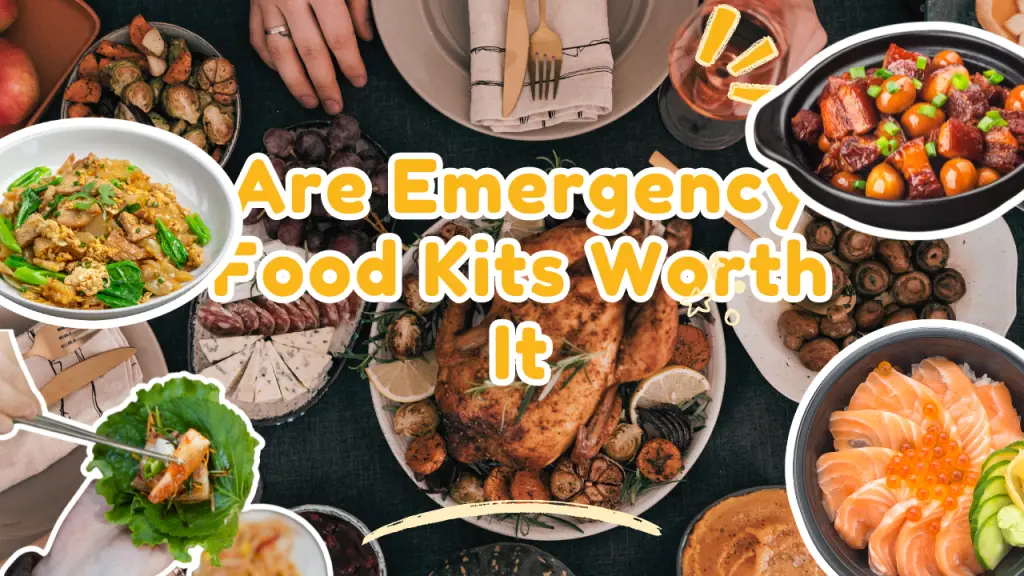
Real-life Examples of Emergency Food Kits
Real-life examples of individuals who found emergency food kits invaluable in various challenging situations include:
Surviving Natural Disasters
In 2019, Hurricane Katrina hit the Gulf Coast, leaving thousands of residents stranded without access to essential supplies. Among those affected was Sarah, a resident of New Orleans. She had wisely prepared by stocking up on emergency food kits. These kits sustained her and her family for weeks until help arrived. Sarah later shared her experience, emphasizing that her decision to invest in emergency food kits was a lifesaver during the disaster.
Economic Downturns
During the 2008 financial crisis, many families faced unexpected financial hardships. John, a father of three, found himself temporarily unemployed and struggling to make ends meet. He had purchased an emergency food kit a few years earlier as part of his preparedness plan. These kits provided his family with nutritious meals during the challenging period, relieving financial stress and ensuring they had enough to eat.
Unexpected Power Outages
In the winter of 2020, a severe snowstorm knocked out power in a suburban neighborhood for several days. Sarah, a college student living alone, had an emergency food kit she initially purchased for camping trips. With no electricity for cooking or heating, the contents of her emergency food kit became her lifeline. She shared her experience on social media, highlighting how these kits saved her from hunger and discomfort during the power outage.
These real-life stories underscore the practicality and value of emergency food kits in diverse situations. Whether facing natural disasters, economic crises, or unexpected power outages, being prepared with these kits can make a significant difference in one’s well-being and peace of mind.
FAQs About Emergency Food Kits
How long do emergency food kits last?
Emergency food kits typically have a shelf life of up to 25 years.
Are emergency food kits expensive?
The cost varies, but they are cost-effective in the long run due to their long shelf life.
Can I customize the contents of an emergency food kit?
Yes, many providers offer customization options to suit your preferences and dietary restrictions.
Do emergency food kits taste good?
The taste varies between brands, so it’s essential to read reviews and find one that suits your palate.
Are emergency food kits only for doomsday preppers?
No, emergency food kits are for anyone who wants to be prepared for unexpected events, not just preppers.
Can I use emergency food kits for camping or hiking?
Yes, they are versatile and can be used for outdoor activities as well.
Conclusion
In a world filled with uncertainties, having an emergency food kit is a prudent decision. So, are emergency food kits worth it? Absolutely. They provide peace of mind, security, and practical solutions during challenging times. Be prepared, stay safe, and ensure your family’s well-being with a well-chosen emergency food kit.
